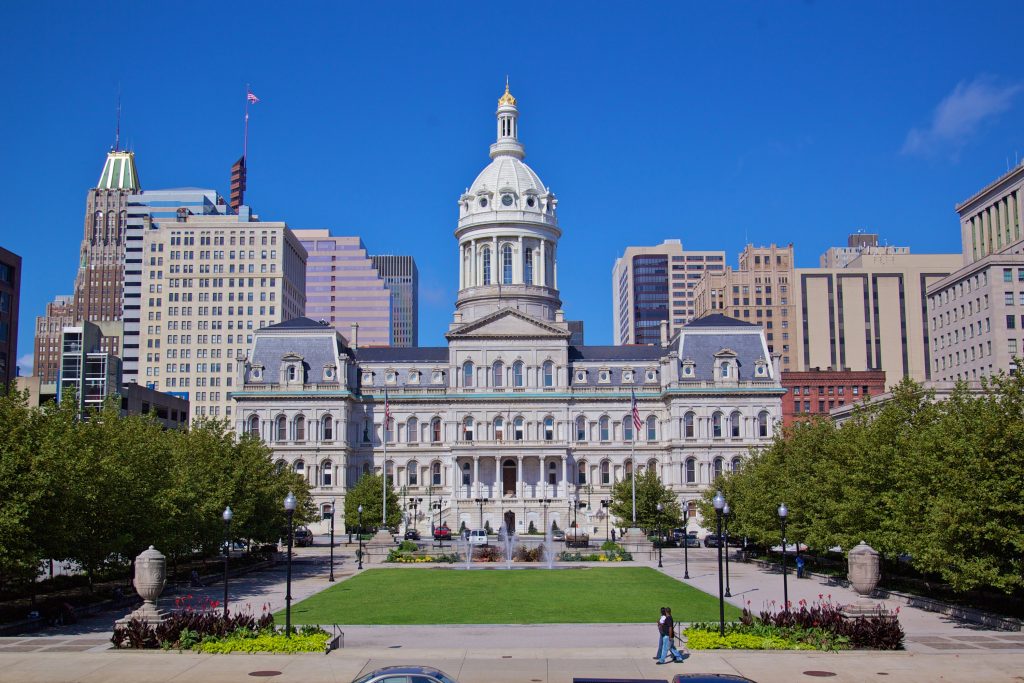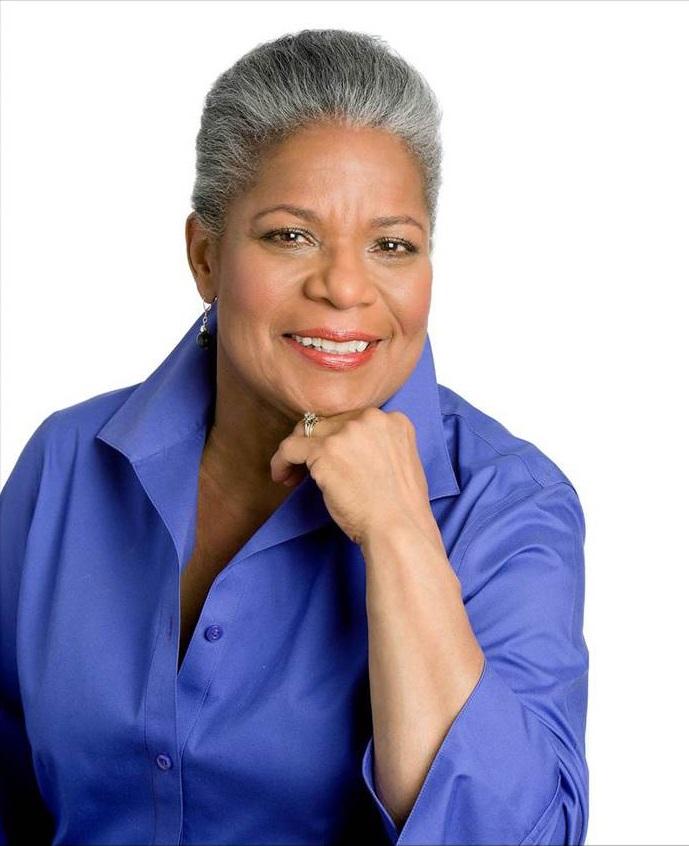
Update, April 21: A modified version of this article has been featured in the Baltimore Sun.
In 1971, Seattle experienced the worst recession in its history; Boeing laid off over 65% of their workforce. A sign went up next to Boeing Field that read ‘Will the Last Person Out of Seattle Please Turn Off the Lights?’ It was in this context that 35-year-old Mayor Wes Uhlman established the Seattle Arts Commission (and later that year, what would become the Bumbershoot Festival). People asked Mayor Uhlman why charter a local arts agency in the shadow of Seattle’s worst recession… he said because we had to give people hope. —Randy Engstrom, Director | Seattle Office of Arts & Culture

Before COVID-19, Baltimore’s moment was the 2015 Uprising. When it seemed that nothing else could bring the City back, the arts, in the form of Light City, brought people together and gave them hope that Baltimore was going to be okay. Across the country and right here in Baltimore we are facing disasters that are socially similar to the Uprising and as economically challenging as Seattle’s Boeing Layoff. What helped to save us then and will save us now is how we position ourselves for a comeback and a key component is the arts.
Baltimore City is in the final stages of setting the budget for Fiscal Year 2021. During taxpayer’s night last week, the first public presentation of the budget, we learned that the current revenue outlook is not optimistic and understandably so. Our educational institutions are shuttered for who knows how long, many of our residents working in businesses large and small have been laid off or furloughed, events and performances are cancelled and going out, anywhere, is something we used to do.
The plan is to cut back to essential spending to sustain the City. Unfortunately, many do not classify government support of the arts as essential. This could not be further from the truth. The lessons of the two examples cited in the beginning of this article demonstrate that the power of the arts can be applied to more than a canvas, a performance or literature. The arts are a fundamental component in the best, but especially in the worst of times. Arts strengthen the social fabric and the economy, they improve individual well-being, and drive the robust creative industries Baltimore is so fortunate to have.
- The arts account for nearly $400 million in household income for Baltimore residents.
- The arts generate at least $28 million in local government revenue and $27 million in revenue for the State of Maryland.
- Total spending by the Nonprofit Arts and Culture Industry in Baltimore exceeds $606 million. That is 68% of the total sector spending in the state of Maryland.
- The Baltimore Film Office supports the film industry that between 2011 and 2019 created an economic impact of approximately $1 Billion in Maryland with more than 75% of that benefiting Baltimore City. During the same period, 20,000 Marylanders were hired and 18,000 Maryland businesses were supported.
- When we welcome tourists back to the City of Baltimore, the arts will be what they come to enjoy, and Baltimore will benefit from the $279 million they spend on cultural experiences.
- And when students return to the classroom, the arts need to be available for them because the arts help Baltimore students improve their academic performance. Research shows that regardless of socio-economic status, students engaged in arts learning have higher GPAs, standardized test scores, lower drop-out rates and higher college attending rates.
The investment Baltimore City makes in the arts in this budget cycle is a commitment to Baltimore’s post COVID-19 comeback story—the arts community is ready; we’ve already gotten started. Over the past two weeks a coalition of artists and arts organizations came together as they never had before to launch the Baltimore Artist Emergency Relief Fund. Within a few days of announcing the creation of the fund—public, private, non-profits and individuals raised over $100,000 to provide emergency financial support to independent artists in Baltimore. All the money raised stays in our community, sustains the economy and enables the arts and individuals to thrive in our City.
The arts are more than inspiring and beautiful. They are a fundamental component of a healthy community. They are essential. Please advocate for them. Encourage our city, state and national support of the arts. Fund them, now and tomorrow, as if Baltimore’s future depends on them.

Donna Drew Sawyer
CEO, Baltimore Office of Promotion & The Arts
